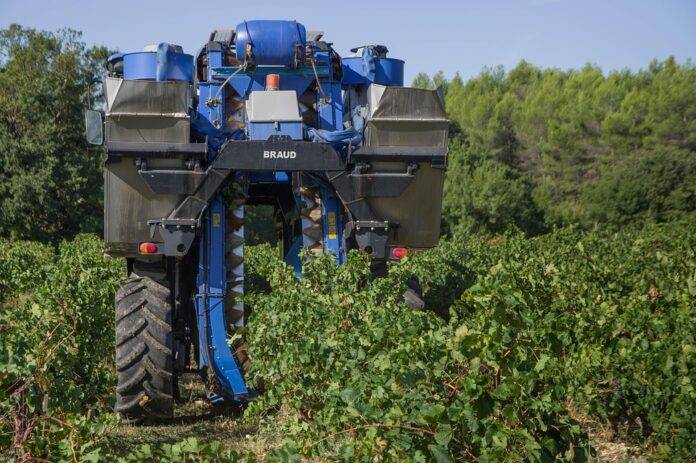Introduction
Mechanical harvesting systems have become increasingly popular in the wine industry due to their efficiency and cost-effectiveness. However, there are concerns about the impact of these systems on grape quality and integrity. In this report, we will explore the challenges and opportunities of harvesting quality and grape integrity in mechanical systems.
Challenges of Mechanical Harvesting
Lack of Selectivity
One of the main challenges of mechanical harvesting is the lack of selectivity. Machines cannot differentiate between ripe and unripe grapes, leading to a mix of quality levels in the harvested grapes. This can affect the overall quality of the wine produced.
Potential Damage to Grapes
Another challenge is the potential damage to grapes during the harvesting process. Mechanical harvesters use shaking rods or beaters to dislodge grapes from the vines, which can sometimes result in bruising or crushing of the grapes. This can impact the integrity of the grapes and affect the final product.
Opportunities for Improvement
Advancements in Technology
With advancements in technology, mechanical harvesting systems are becoming more sophisticated. Some machines now have optical sensors and cameras that can detect grape quality and adjust harvesting parameters accordingly. This helps to improve selectivity and ensure that only ripe grapes are harvested.
Gentler Harvesting Methods
There are also gentler harvesting methods being developed, such as vacuum harvesters or pneumatic harvesters, which minimize damage to the grapes. These methods are more gentle on the vines and can help preserve grape integrity during the harvesting process.
Financial Considerations
Cost Savings
One of the main reasons wineries choose mechanical harvesting is the cost savings. Mechanical systems are more efficient and require less labor compared to hand harvesting, leading to significant cost savings for wineries. This can be especially beneficial for larger vineyards with high production volumes.
Initial Investment
However, there is an initial investment required for purchasing mechanical harvesting equipment. The cost of these machines can vary depending on the size and capabilities of the system. Wineries need to weigh the upfront cost against the long-term savings to determine if mechanical harvesting is the right choice for their operations.
Industry Insights
Trends in Mechanical Harvesting
The trend towards mechanical harvesting is expected to continue as wineries look for ways to improve efficiency and reduce costs. In regions where labor shortages are a concern, mechanical harvesting offers a practical solution to ensure grapes are harvested in a timely manner.
Quality Control Measures
To address concerns about grape quality and integrity, wineries are implementing quality control measures in their mechanical harvesting processes. This includes regular maintenance of equipment, training for operators, and monitoring grape quality throughout the harvesting season.
Conclusion
In conclusion, harvesting quality and grape integrity in mechanical systems present both challenges and opportunities for the wine industry. While there are concerns about selectivity and potential damage to grapes, advancements in technology and gentler harvesting methods offer solutions to improve the overall quality of the harvested grapes. With careful consideration of financial factors and industry trends, wineries can successfully implement mechanical harvesting systems while maintaining the integrity of their grapes and producing high-quality wines.




